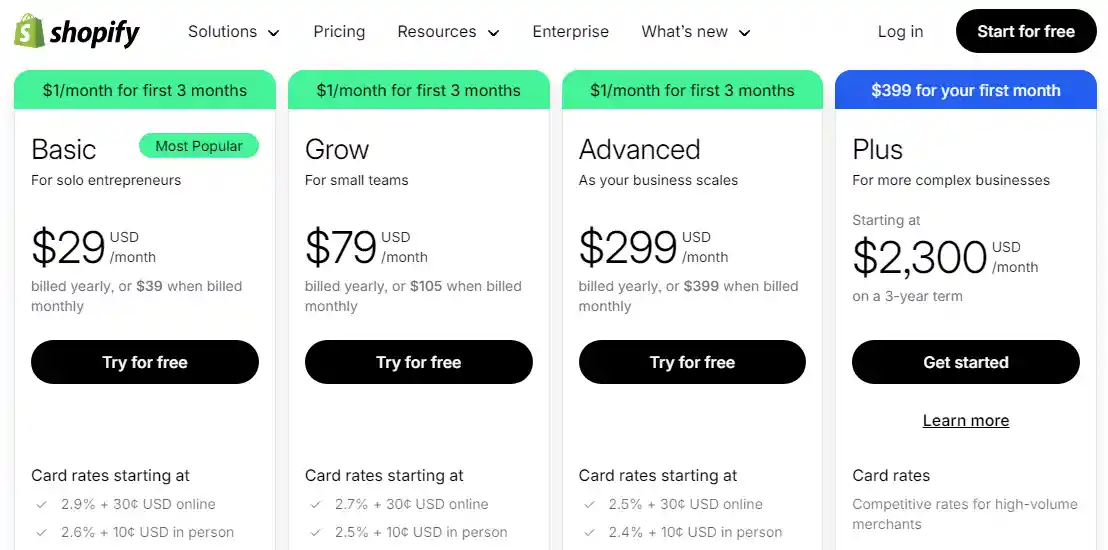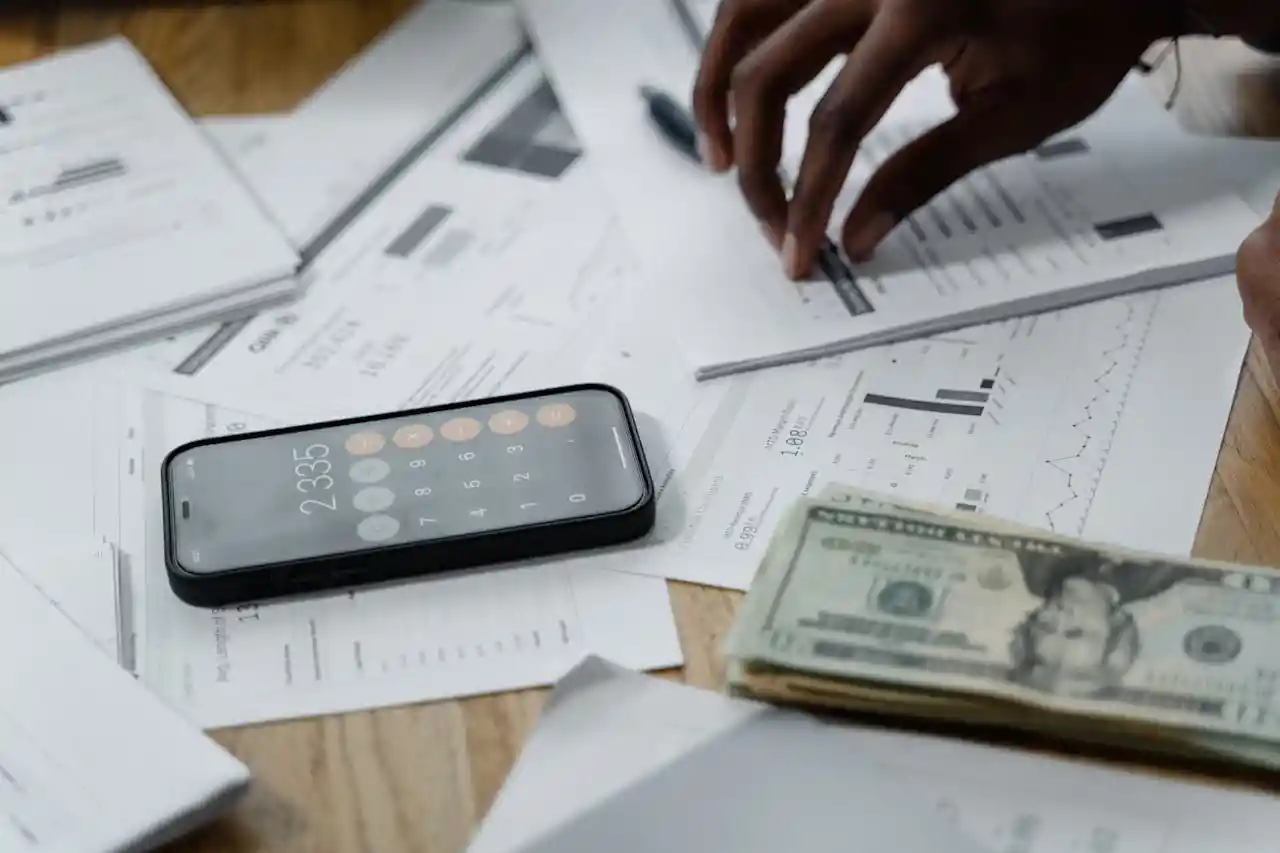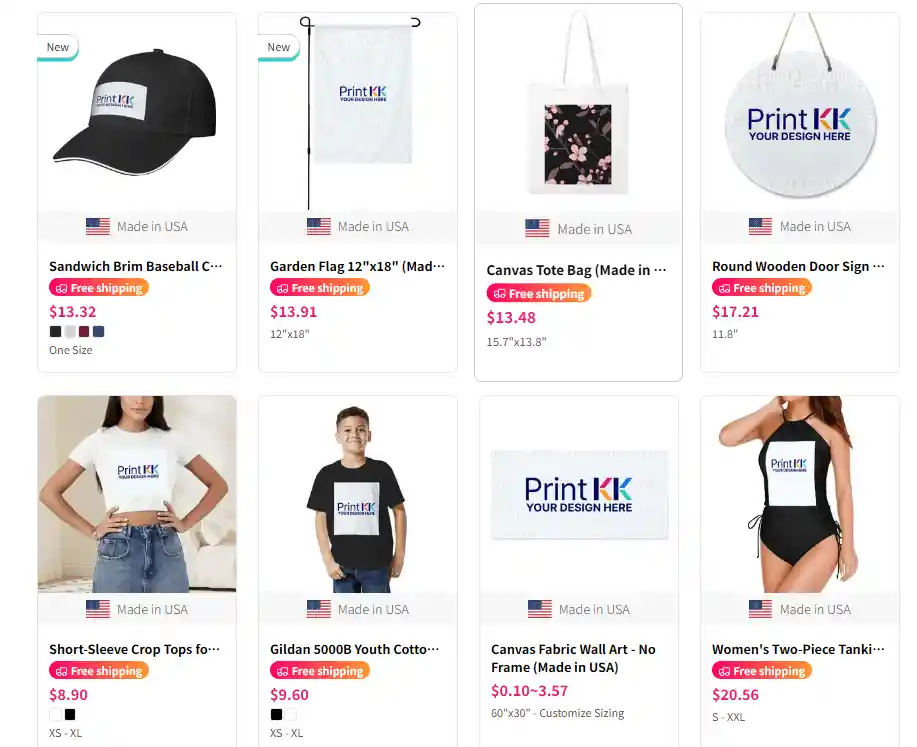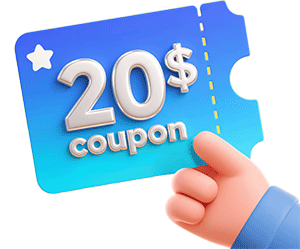
Many people considering entering the e-commerce world in 2025 are asking a key question: How much money do I need to start dropshipping?
From selecting products to setting up an online store, to advertising and processing orders, launching a successful dropshipping business requires considering numerous costs.
In this article, we'll break down each aspect of startup capital to help you understand the barriers to entry and prepare for the launch.
How Much Money Do I Need to Start Dropshipping in 2025?
1. The Minimum You Really Need
If you're just starting, you don't need a fortune. Some people start with as little as $100–$300. This is enough to set up a basic store, buy a domain, and test one or two products.
The key is testing quickly without burning money.
You can also use free resources to cut costs early on. For example, some platforms offer free trials, and Canva or Figma can help you create professional-looking graphics without paying a designer.
By being creative and testing small, you get real experience without risking too much money upfront.
Pro tip: Validate before you spend
Use SellerSprite to check 12-month trends, seasonality, and competition. Build a ranked keyword list so your first budget backs ideas with real demand. If you sell on Amazon, apply these insights to ads and SEO. If you sell on Shopify, Etsy, or other channels, use Amazon search as a leading indicator for product selection and messaging. Start with 2–3 creatives mapped to your top keyword clusters and test with 5–10 dollars per day.
Validate demand with SellerSprite
2. Budget for Your Website
Even a simple dropshipping store needs a clean, professional setup, and the costs can be broken down clearly:
- Domain Name
Your store's web address usually costs $10–$15 per year. Choose a short, memorable name that reflects your niche. Domains from Shopify, Namecheap, or GoDaddy all work fine.
- Hosting / Shopify Plan
Shopify's basic plan starts at $29 per month and includes hosting, SSL, and essential tools. Other platforms like WooCommerce require separate hosting, which can cost $5–$15 per month, plus setup.

- Themes
Free themes can work, but a premium theme with better layout, navigation, and built-in features usually costs $100–$180 one-time. This avoids spending hours on customizations and ensures your store runs smoothly on mobile.
- Apps and Plugins
To handle things like abandoned cart recovery, product reviews, or automated shipping tracking, budget $10–$50 per month for essential apps. Only choose apps that directly improve sales or workflow.
Overall, you're looking at roughly $50–$70 monthly if you use Shopify with minimal paid apps, or slightly less if you go with WooCommerce and free tools. Planning this upfront helps you avoid hidden costs later and ensures your store is fully functional from day one.
3. Advertising Costs
Ads are essential to find customers, but you don't need to overspend. Focus on these core points:
- Daily Budget: $5–$10 per product
This is enough to see which ads get clicks and which audiences respond. Start small so you can test multiple variations without burning your budget.
Even a single good-performing ad can teach you more than spending $100 blindly.
- Testing Variations: 2–3 creatives per product
Use different images, videos, or ad copy to see what resonates. Track CTR, CPC, and early conversions carefully. Small tweaks—like changing the headline or CTA—often make a big difference.
- Weekly Total: $50–$100 per product
This gives you enough time to gather meaningful data before deciding to scale. Treat it as an investment in learning rather than spending money blindly.
4. Product Testing Fund
Finding a winning product requires practical testing. Keep it simple but thorough:
- Samples & Orders: $5–$20 per item
Order products yourself to check quality, shipping speed, and presentation. This also helps you make your own marketing photos or videos, which usually convert better than supplier images.
- Initial Ads: $50–$100 per product
Run small campaigns targeting your ideal audience. Monitor performance and adjust targeting before increasing spend. This step ensures you only invest heavily in products that show potential.
- Shipping & Minor Fees: $5–$15 per product
Some suppliers charge shipping or minimum order fees. Factor these costs into your testing budget so nothing catches you off guard.
Overall, allocating $200–$400 lets you test 3–4 products safely and identify your best-selling item without risking the whole store.

5. Extra Cash for Unexpected Expenses
Dropshipping always comes with surprises. A small reserve keeps your store running smoothly:
- Supplier Changes & Returns: $50–$100
Prices may increase or customers might request refunds. Having a buffer allows you to fulfill orders without interrupting your campaigns.
- App Upgrades & Tools: $10–$30
As you grow, some apps might require paid upgrades. Budgeting ahead ensures you can continue using essential tools like abandoned cart recovery or review apps.
- Ad Account Issues: $20–$50
Accounts can get flagged or temporarily restricted. Having a reserve allows you to run alternate campaigns while fixing problems.
A $100–$200 buffer gives peace of mind and prevents minor issues from derailing your store's early momentum.
6. Realistic Budget Range
By now, you can see that the cost really depends on your plan. You could start with $300–$500 if you're very lean or spend $1,500+ for more comfort and ad testing. Make a simple plan that lists:
- Store platform
- Sample products
- Ads testing
- Miscellaneous buffer
This helps you see where your money goes and keeps your startup manageable without overspending.
To make it more practical, consider breaking your budget by week or month. For example, in the first month, allocate most funds to sample orders and testing ads.
Month two can focus on optimizing your store and marketing campaigns.
This staged approach ensures you don't burn your budget all at once and gives you time to learn what really works.
Does a Bigger Budget Lead to Better Dropshipping Results?
Starting with a bigger budget can make things easier. Around $1,000 gives you enough to launch 3–4 products properly. It also creates a buffer for testing, ads, and product costs.
This wiggle room lets your business survive the early phase until it can pay for itself.
Money isn't everything, though. You still need to spend time learning the right strategies, analyzing your audience, and refining your product pages. Even a small start can work if you apply knowledge wisely.
Think of it this way: you invest what you're willing to gain. Start with what you have, use the free or trial tools, and grow gradually.
The more value and thought you put in, the better your momentum will be. Dropshipping success comes from a balance of budget, effort, and smart learning.
Scale or Stop? How to Decide the Fate of Your Business
Starting a dropshipping business means constantly asking yourself tough questions. One of the hardest is deciding whether to keep going with a product or stop.
Knowing when to scale is important.
Expanding too early can waste money and stress you out. You might hire help or invest in ads before the market is ready.
But scaling too late can let competitors grab your chance. Timing matters. Your decision can shape your growth.
Stopping is just as strategic. If a product isn't selling, continuing costs time, money, and energy.
But stopping too soon might mean missing out on something that could work. Learning to recognize when to walk away is part of smart entrepreneurship.
Decision framework with KPIs:
- Watch sales trends: If daily sales are increasing over two weeks, it might be ready to scale. If sales drop below 1–2 per day consistently, rethink.
- Measure conversion rates: A 1–2% conversion on your product page is average. Below 0.5%? You may need to stop or improve.
- Track ad performance: Your cost per acquisition (CPA) should be less than 50–70% of your product price. Higher CPA eats profits.
- Evaluate customer engagement: Check email click-through rates, reviews, and social comments. Low engagement indicates weak demand.
- Combine intuition with experience. Numbers guide you, but your judgment matters too.
Psychological traps often get in the way. Avoid the sunk cost fallacy—don't keep spending just because you already invested.
Scaling or stopping is not a failure. It's a choice. By observing KPIs, analyzing data, and trusting your judgment, you learn when to push forward or pause.

Avoid Cash Flow Risks: Tips to Keep Business Running Smoothly
1. Why Cash Flow Matters
Cash flow is the lifeline of your store. Without it, even a profitable product can get stuck.
You need enough money moving in and out to pay suppliers, cover tools, and keep ads running. Think of it as fuel for your engine. No fuel, no drive.
2. Where Problems Usually Come From
The risks are not always obvious. Payment processors like PayPal or Stripe may hold your funds for weeks. Sudden spikes in orders can drain your balance before payouts arrive.
Suppliers might ask for upfront payments. And don't forget hidden costs—refunds, transaction fees, or shipping errors.
3. Simple Ways to Reduce Risk
A few habits can protect you:
- Keep a cash buffer of $2,000–$5,000 if possible.
- Use credit cards or small loans as a bridge.
- Split supplier payments into stages instead of one big lump.
- Avoid stocking too much inventory at once.
These steps give you breathing space when things shift suddenly.
4. Practical Tools That Help
Track every payment and expected payout. A simple spreadsheet or free finance app works fine. Review your cash flow weekly. Knowing when money will actually arrive keeps you from overcommitting. Regular check-ins make small problems visible before they grow.
5. Stay Calm with Delays
Funds being held or payouts lagging behind sales is normal. Don't panic. The key is to plan for it. Before scaling ads or launching big campaigns, check if your cash flow can handle the gap. Resilience comes from planning, not guessing.
Cash flow risks are not something you can eliminate, but you can prepare for them. Build a buffer, monitor your numbers, and set up backup options. That's how you keep your business steady when surprises hit.
Read More:
How Much Does It Cost to Start a Dropshipping Business with PrintKK?
Starting with PrintKK is simple. You can register for free and begin exploring their platform without paying anything upfront. You only pay when placing an order, so there's no extra investment needed.
PrintKK offers over 1,000 customizable products. They are cost-effective, giving you room for higher profits. Orders shipped to the US. are tax-free for you, as PrintKK covers that cost. This reduces your expenses and increases your margin.

You can connect PrintKK easily with major sales channels like Shopify, Etsy, and WooCommerce. Their platform also includes an AI image tool. With it, you can:
- Generate unlimited high-quality designs
- Remove backgrounds instantly
- Extract patterns from images
- Eliminate copyright risks
If you want extra perks, the PrintKK Basic plan costs $9.9/month. It gives you product coupons and enhanced AI features. Overall, starting costs are minimal, letting you focus on testing products and growing your store.
Expert Tips
Now you know how much money to start dropshipping business. Budget wisely and plan for both testing and unexpected costs. Start small if needed, but make sure you have enough to keep your store running smoothly.
Track your expenses, monitor cash flow, and adjust as you go. Growth takes time. You can scale when your data shows results.
Stopping or pausing a product is okay. Making decisions early saves time and money.
Success depends on preparation, consistency, and smart choices. Build a clear plan, follow it step by step, and stay flexible. Your store can grow steadily if you focus on strategy and manage resources carefully.
FAQs
Can you start dropshipping for free?
Yes, you can begin without upfront costs using platforms that allow free registration. You only pay when orders come in. However, investing in tools or ads can speed up growth.
Is $100 enough to start dropshipping?
$100 can cover a very basic test of a product. It allows minimal ad spend and setup. For consistent results and multiple product tests, a slightly larger budget is usually safer.
What are the fixed expenses in a dropshipping business?
Typical fixed costs include your store platform subscription, domain name, apps, and occasionally marketing tools. These recur monthly or yearly, even if you have few or no orders.
How profitable is a dropshipping business on average?
Profit varies widely by product, niche, and marketing. Many stores earn modest profits at first. With careful testing and scaling, profit margins can improve steadily over time.










 Global Shipping
Global Shipping





























